
ELECTRONIC BEATS PRAGUE
Electronic beats Prague, As part of its extended "Summer of Youth" campaign, German…
Words by Marcus Boxler

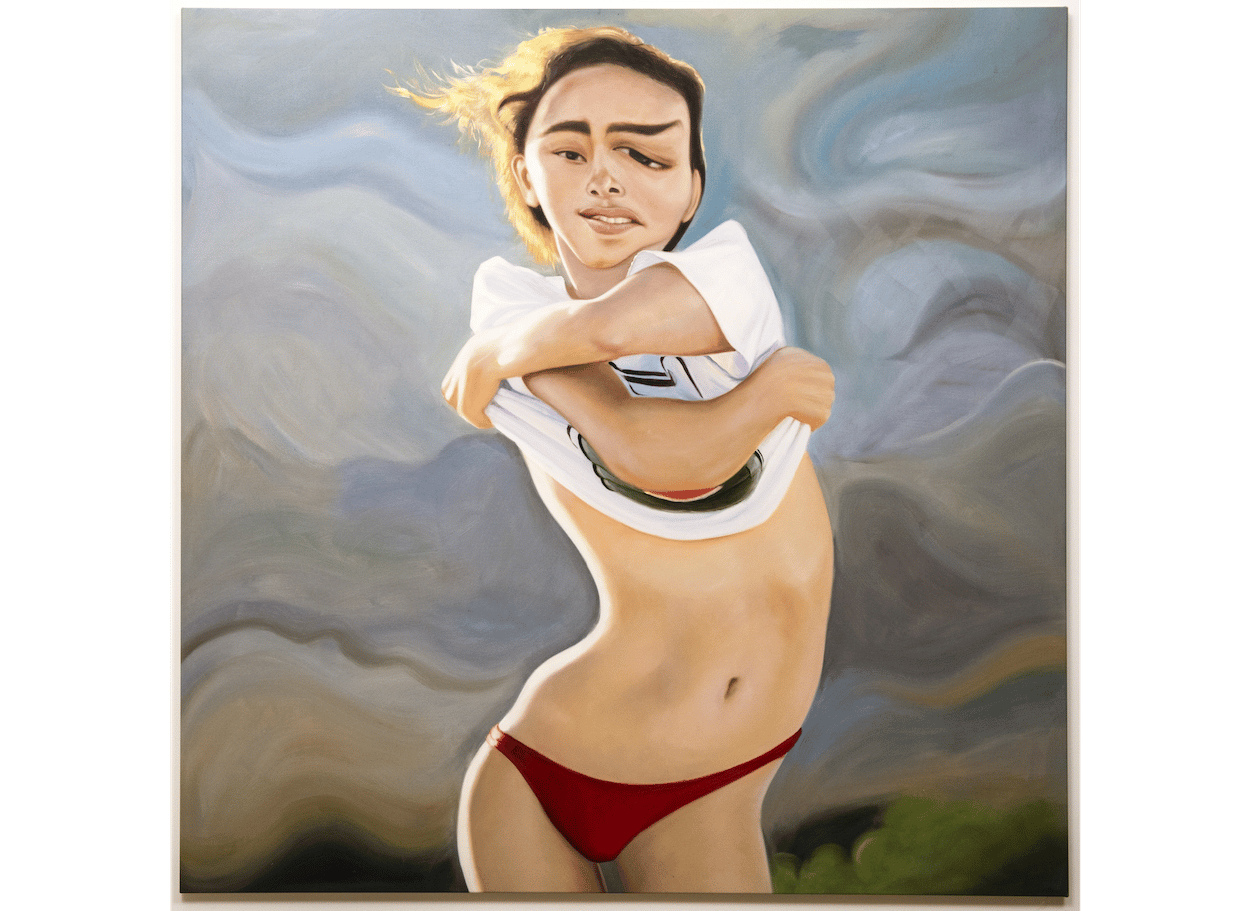
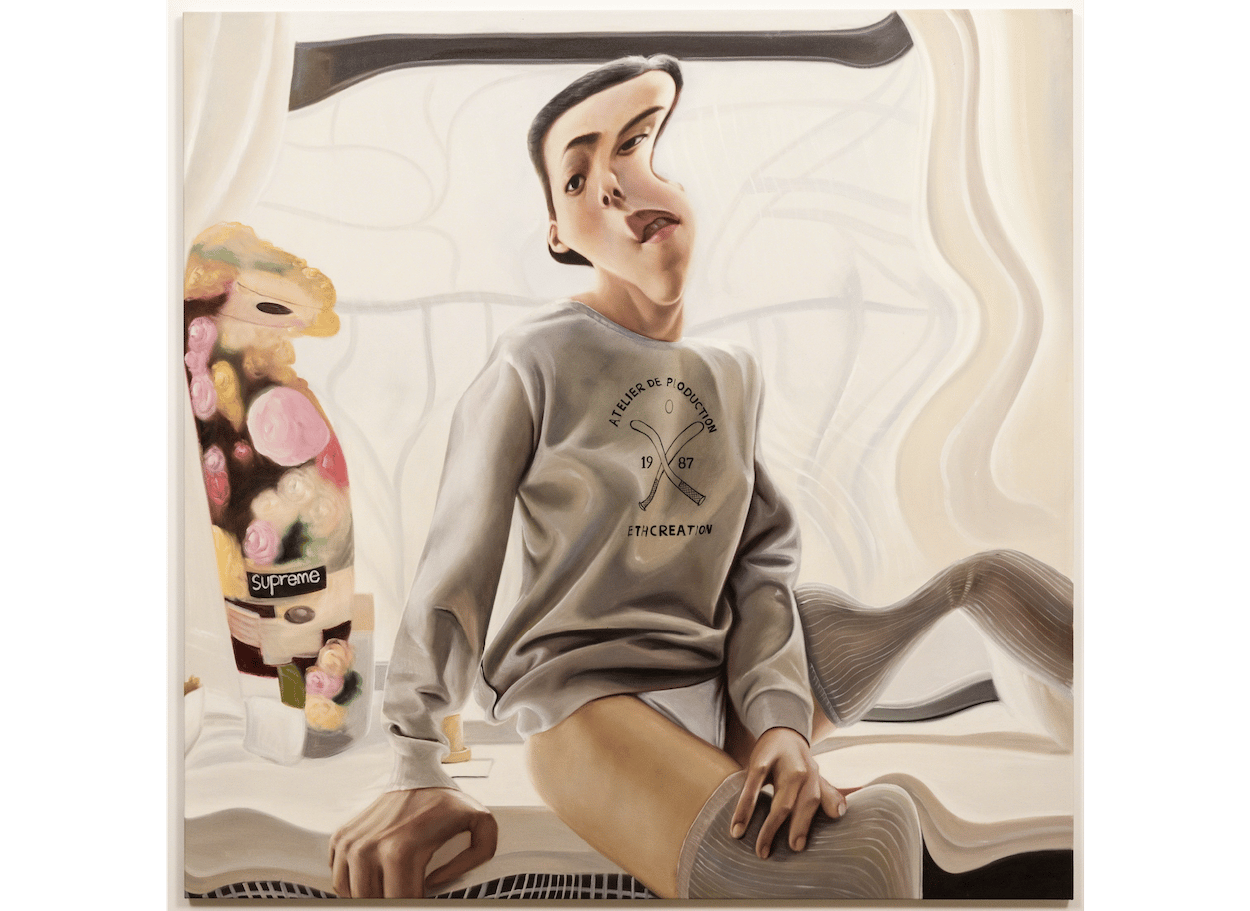
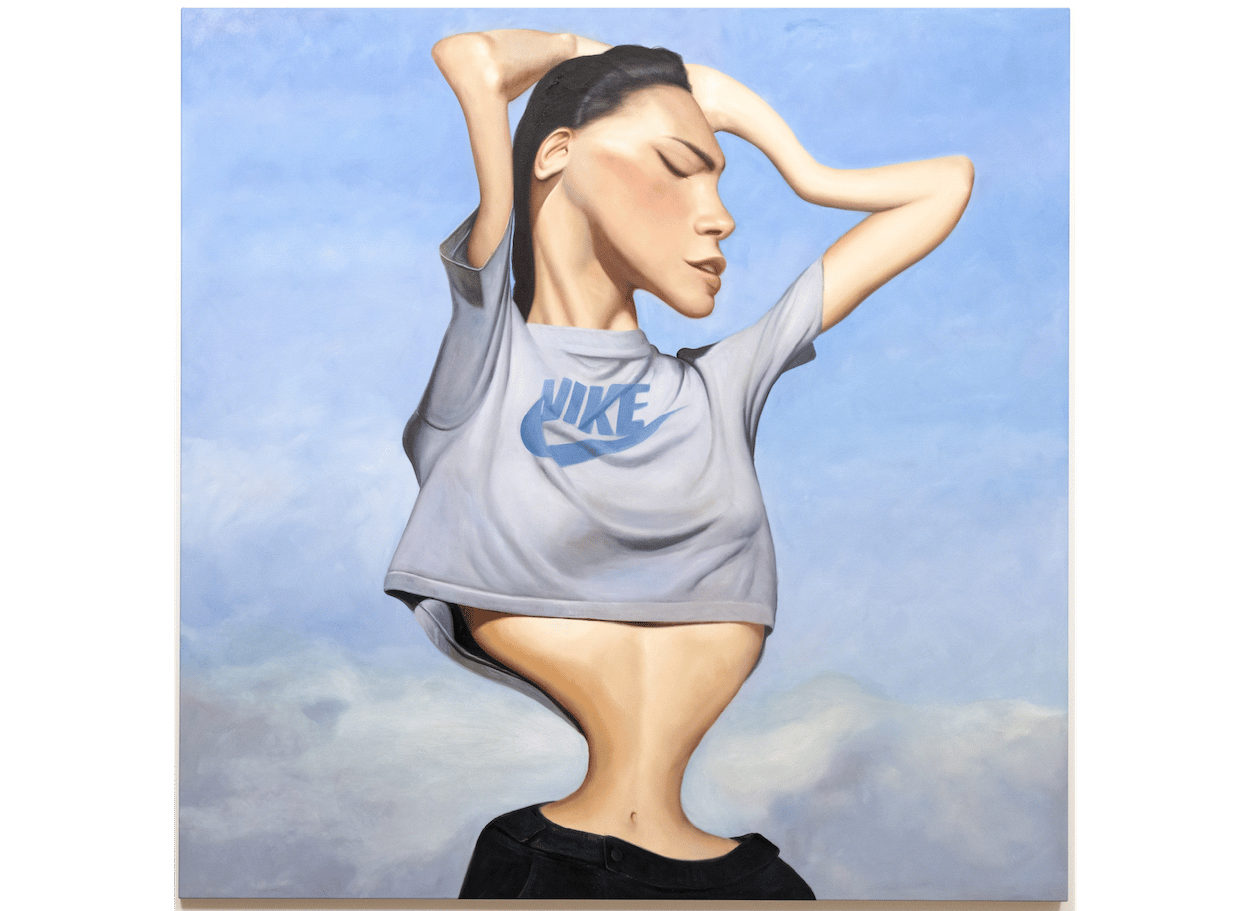
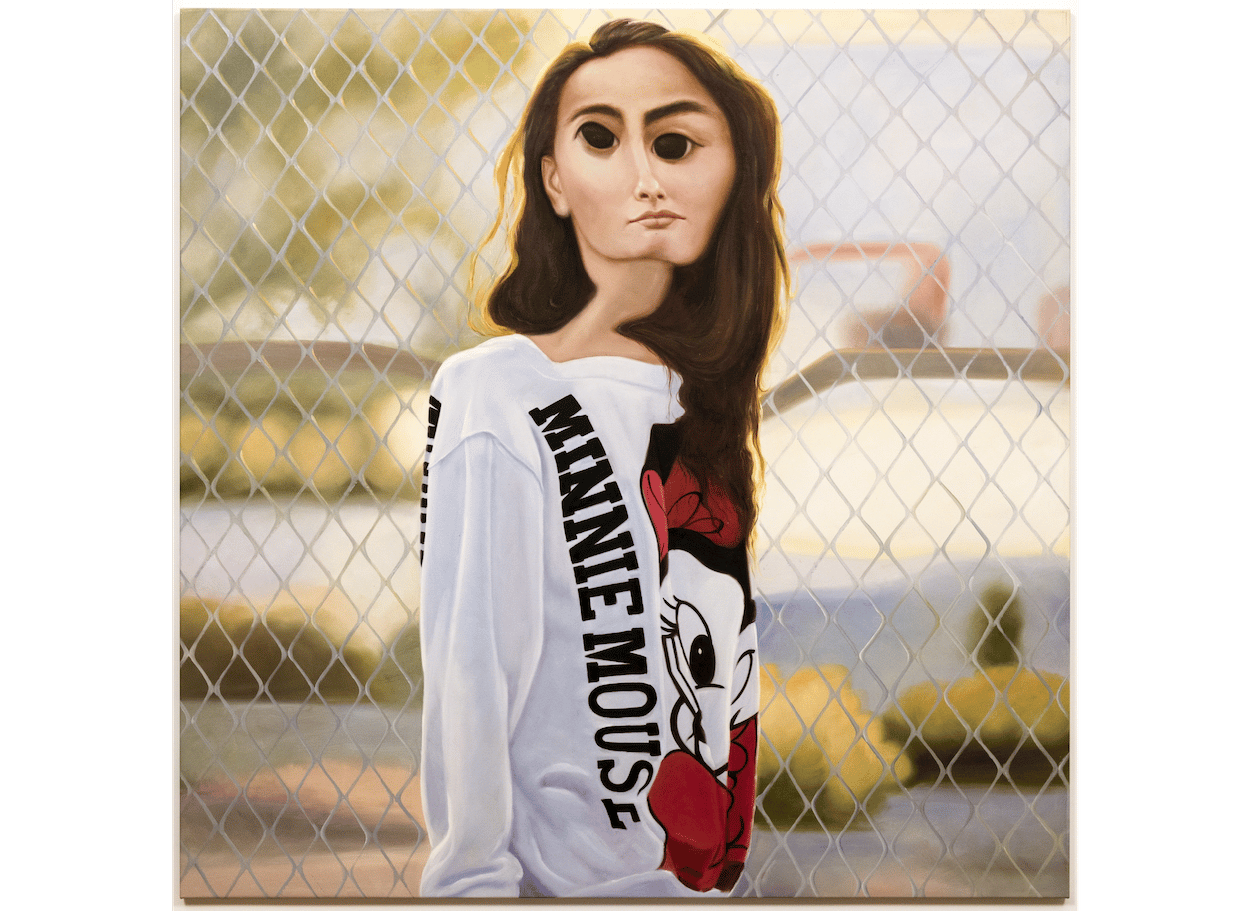
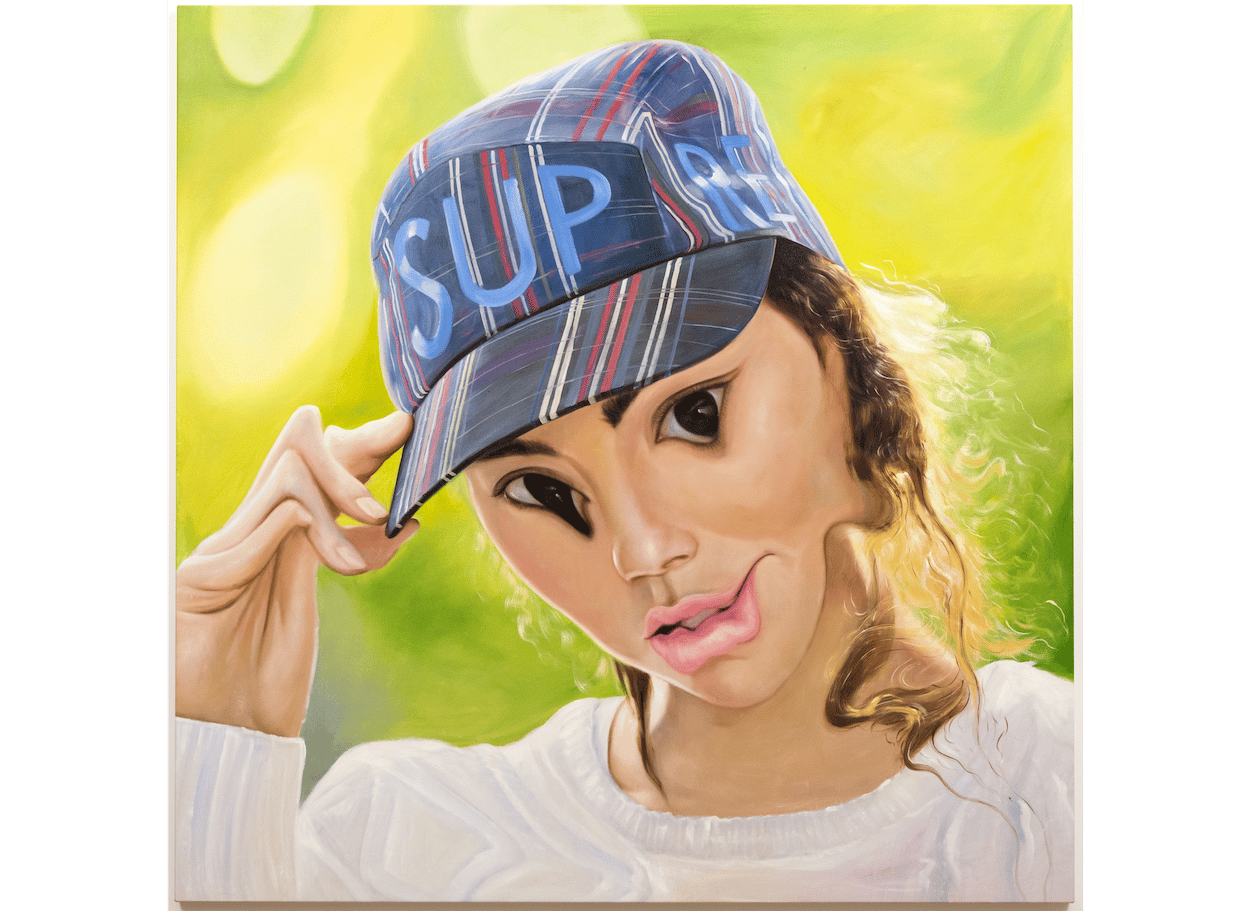

The announcement treated fans of the show – although devastated by its imminent end – to a very special spectacle: Kim Kardashian’s iconic ‘ugly crying face.’
There had been many an opportunity to observe this marvel throughout the show’s 14 years on air, including when she lost her $75,000 diamond ring in Bora-Bora’s turquoise waters on a family vacation in 2011. Even though, to all of us ordinary mortals, the reasons for her tears might seem just as decadent as her 200-square meter walk-in closet or her three million dollar wedding with Kanye West in Versailles, feelings are what they are, and don’t all humans equally experience pain over loss?
“What do these people see when they look in the mirror? A dream come true? An indicator of their social success? A performance of their will?”
Unsurprisingly, the internet went wild after her glorious ugly cry. Besides various memes comparing Kim’s crying performances over the seasons, many people speculated about why her crying face looked so damn weird. The answer, in short: Botox and filler, combined with a few subtle surgeries.
And, indeed, Kim Kardashian’s face is the definition of what author Jia Tolentino called the “Instagram Face” in a 2019 essay for The New Yorker: a cyborgian beauty grimace with a slim, chiseled straight nose, sculpted cheekbones, oversized lips, perfectly arched eyebrows, and lashes as long and thick as the bristles of a hand broom. Tolentino dubbed this face that makes women look like sexy tiger cubs the “Instagram Face” because it performed particularly well on the small thumbnail size of social media platforms and had therefore been mimicked thousands of times.
The desire to be prettier, smoother, younger comes as no surprise, given that studies continue to show that people who fulfill the common beauty standards experience an advantage in pretty much all areas of life – when looking for a partner, a job, or even at court, where they apparently get milder sentences. Cosmetic surgeries have reached the mainstream and also the opposite sex – in America, male cosmetic procedures have increased by 28% since 2000. You probably know somebody who has had something done (or they probably have even if you don’t know it), if not someone who would like to if they had the money. We see Instagram Face in real life with its long lashes, protruding cheekbones and plump lips everywhere – at the gym, in a restaurant, on the subway. What do these people see when they look in the mirror? A dream come true? An indicator of their social success? A performance of their will?
While the Instagram Face may mirror what society considers to be the female beauty norm, it does not come across particularly simpatico. Research has proven that humans must be able to see themselves in their counterpart in order to feel the empathy that is crucial for societal solidarity. A perfectly symmetrical face with a glow to die for may look pretty, but it doesn’t really touch us. Human facial expressions are highly developed compared to most other mammals, and they can be pretty nuanced. They have developed in combination with our social intelligence over the course of evolution. Understanding the underlying emotions behind facial gestures requires empathy. It is therefore crucial for small children to learn to interpret others’ facial expressions because it teaches them, for example, that if they pull somebody’s hair, it hurts the person just like it would hurt them. In 2012, U.S. host Kelly Ripa caused a stir when she explained in an interview that she knew it was time for the next Botox injection whenever her children asked why she was so upset.
If there’s no frowning to indicate one’s mood, children will have a hard time assessing social situations. Studies have shown that ‘frozen’ facial expressions after cosmetic procedures can even impair relationships and friendships.
Adding to this is another effect: A face injected into immobility like Kim Kardashian’s does not only look weird in case of a rare emotional breakdown, it also gives others a hard time believing the person in question can really experience deep feelings. As a user in one of the Reddit forums dedicated to KUWTK asked: “When you have that much filler on your face and in your lips, can you feel like when someone kisses your cheek? Or can you feel on your lips kissing someone else?”
Indeed, it seems like cosmetic surgeries not only affect the perception of emotional veracity by those looking at them, but also the experience of emotions by the persons themselves. Apparently, their own emotional experiences seem to be impaired and they may have more difficulty reading others’ faces. The Facial Feedback Hypothesis explains why: Our facial expression signals to our brain what mood we are in, and the brain then regulates, for example, the release of happiness hormones. That’s why smiling makes you feel good, and you can trick yourself into feeling better by smiling even when you’re not happy.
By extension in the opposite direction, suppressing negative facial expressions can yield positive effects. Studies have found that persons displaying fewer negative expressions like anger after a surgery actually felt better – because their brains don’t read the anger as such, which affects their behavior, and their environment consequently also reacts more positively towards them.
“Understanding the underlying emotions behind facial gestures requires empathy. It is therefore crucial for small children to learn to interpret others’ facial expressions because it teaches them, for example, that if they pull somebody’s hair, it hurts the person just like it would hurt them.”
Treating clinically depressive patients with Botox showed no less astonishing effects: Two months after injecting their glabellar frown lines, all patients were free of symptoms. Back in 1872, Charles Darwin described a typical facial expression of depressed people as characterized by their eyebrows being drawn together above the nose in his work The Expression of the Emotions in Man and Animals and suggested that this was correlated with their suffering. Just as smiling can enhance people’s feelings of happiness, this facial expression, he thought, could contribute to people’s unhappiness. However, the Botox effect on depressive patients unfortunately only lasted as long as the effect of the neurotoxin itself: After three to four months, their condition started to worsen again considerably.
The pandemic experience has put a spotlight on issues of mental care and mental health as isolation and anxiety have taken a toll on our social and emotional wellbeing. Many consumers started to ask themselves if fashion and beauty are really worth all the effort if there is limited physical presentation and interaction. Plus, the body positivity movement has thankfully added new and more diverse beauty ideals to our social media channels, contributing to a shift to broader awareness and appreciation, which is in turn forcing the fashion and beauty industries to change their marketing. In 2021, US pharma company Allegan launched a marketing campaign to advertise Botox treatments with a series of commercials designed as short documentaries. These commercials told stories of suffering and emphasized the therapeutical over cosmetic effects of Botox injections with the tagline “Still you” stamped on the protagonists’ smoothened out foreheads.
At the latest, the pandemic has woken us to the reality that we face huge global and local challenges that cannot be solved without empathy and solidarity. We need to realize that we have more in common than what separates us – we need to come together, not move apart. Robust communication comprises at least 70 percent nonverbal communication if not more, making facial expressions evolutionarily connected to our emotions essential to understanding ourselves and one another. Being able to read and experience one’s own and others’ emotions is crucial for human coexistence. In 2021, Kim Kardashian not only said goodbye to Kanye, but also to some of her butt implants. Might this be a harbinger of a slight shift in the beauty industry? We can only hope that 2022 will turn the other cheek on Instagram Face and bring feeling back.

Electronic beats Prague, As part of its extended "Summer of Youth" campaign, German…
Words by Marcus Boxler

Renowned photographer Antje Peters presents her new exhibition "ARBEITSRÄUME" in Berlins…
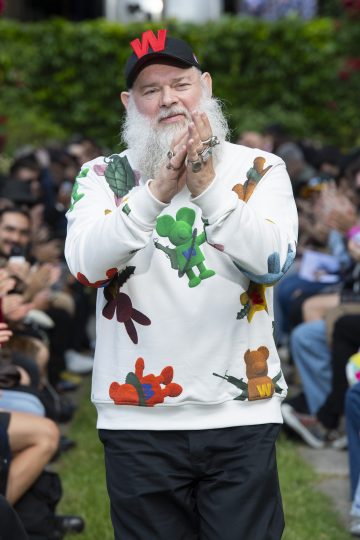
Walter Van Beirendonck and G-STAR redefined denim with an experimental capsule collection…